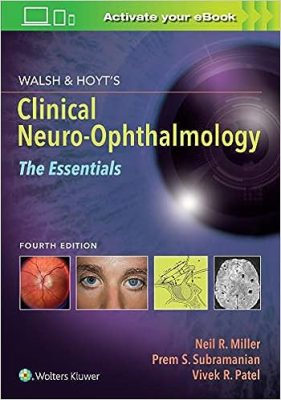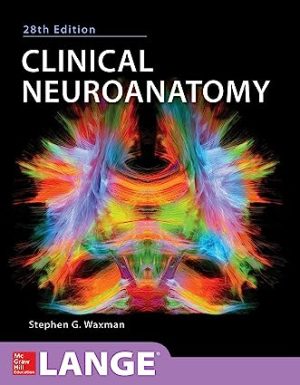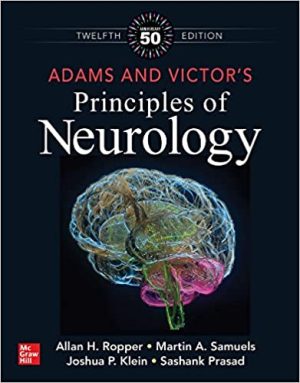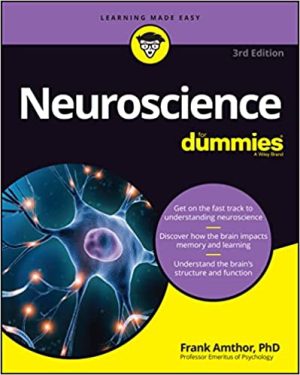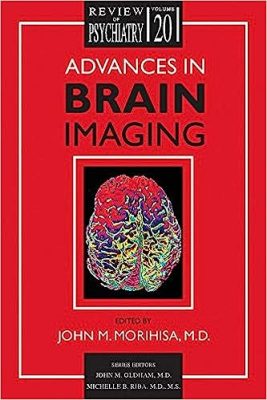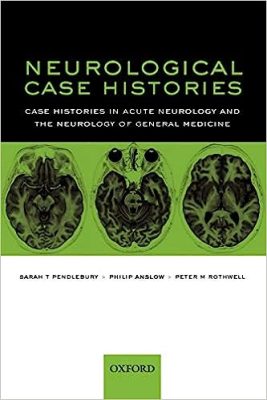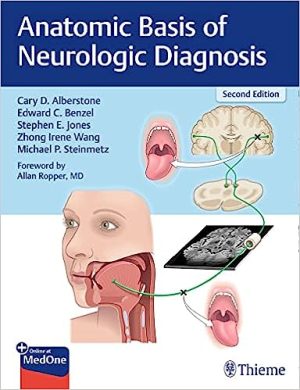Imaging of Traumatic Brain Injury 1st Edition

An image-rich text on neuroimaging of trauma patients
Imaging of Traumatic Brain Injury is a radiological reference that covers all aspects of neurotrauma imaging and provides a clinical overview of traumatic brain injury (TBI). It describes the imaging features of acute head trauma, the pathophysiology of TBI, and the application of advanced imaging technology to brain-injured patients.
Key Features:
Covers acute as well as chronic traumatic brain injury
Written in an easily accessible format, with pearls and summary boxes at the end of each chapter
Includes state-of-the-art imaging techniques, including the multiplanar format, the utility of multiplanar reformats, perfusion imaging, susceptibility weighted
imaging, and advanced MRI techniques
Contains over 250 high-quality images
This book will serve as a practical reference for practicing radiologists as well as radiology residents and fellows, neurosurgeons, trauma surgeons, and emergency physicians.

